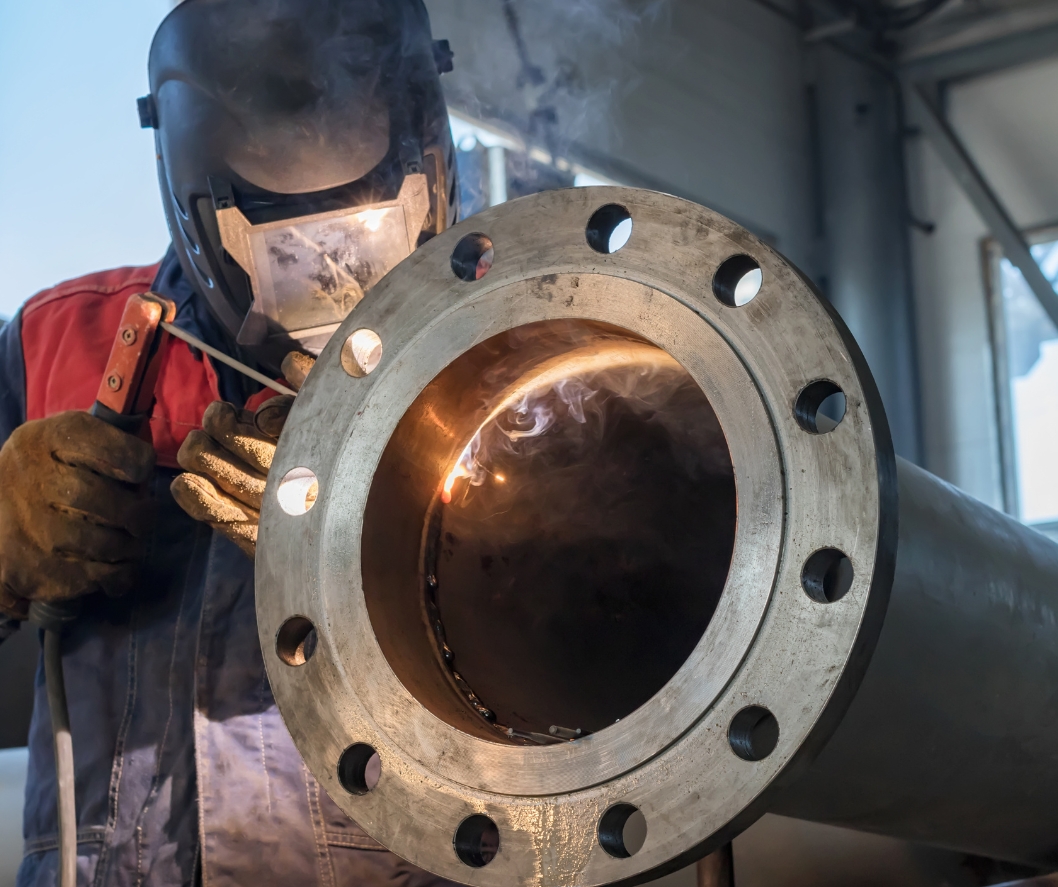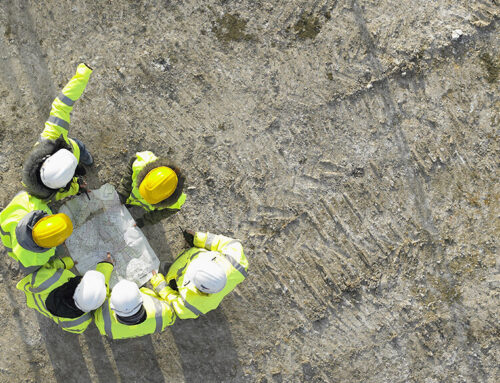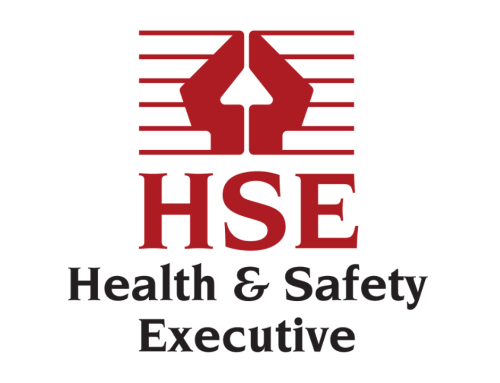UK Eye Awareness Week: Protecting Vision in Industry
Eye Awareness Week highlights the importance of safeguarding vision, particularly in high-risk occupational environments, where workers are regularly exposed to eye hazards or risk to eye health.
In industry, PPE such as hard hats, eye protection, gloves and steel-toed boots are standard issue. The Personal Protective Equipment at Work Regulations 1992 places duties on employees to take reasonable steps to ensure that the PPE provided is properly worn and used in accordance with instructions, and employers to ensure that suitable PPE is provided to employees who may be exposed to a risk to their health or safety while at work.
Why Eye Protection is Crucial
Workers are frequently at risk from hazards like flying debris, chemical splashes, UV exposure, sharp tools and incorrect use of display screen equipment. Here are statistics gathered from the Health and Safety Executive (HSE) and Gov.uk showing the number of eye injuries in the UK reporting year 2022/23. 709 separate eye injuries cases were reported in the 2022/23 period with roughly 87% of cases being severe enough to keep an employee off work for over 7 days.
Costs to the Employee of Workplace Injuries and Illnesses
The cost to an employee of a workplace injury or illness can be much greater. The cost to an employee is more than monetary, it includes both a ‘human’ and a ‘financial’ element.
Eye injuries can lead to long-term vision loss or impairment, as well as effect psychological health, family life and social networks, impact hobbies and interests, loss of independence, lengthy medical treatment and impact future career choices. Beyond the personal toll, industry can face lost productivity and potential legal consequences, including compensation claims.
Common Hazards:
- Flying debris: Metal shards, dust, and wood splinters can cause immediate eye damage.
- Chemical splashes: From adhesives, solvents, and cleaning agents common in both sectors.
- UV radiation: Prolonged sun exposure or intense light from welding arcs.
- Machinery and tools: Sharp objects and fast-moving equipment pose a constant threat.
- Incorrect use of DSE (Display Screen Equipment): Although DSE does not cause permanent damage to eyes; an incorrect set up can cause discomfort, temporary short-sightedness and headaches.
Essential Safety Measures:
- Appropriate PPE: Workers should wear certified safety glasses, goggles, or face shields suitable for the specific tasks.
- Training & Awareness: Employees must be trained to recognise hazards and know when to use additional eye protection, especially in high-risk tasks.
- Maintain Clean Work Areas: Reducing dust and debris helps minimise the risk of accidents.
- Use Protective Barriers: Install screens or shields to block flying debris and UV light during operations like welding.
- Chemical Safety: Ensure proper handling, labelling, and storage of hazardous substances.
- Correct DSE (Display Screen Equipment) workstation set up: Make sure your screen is well positioned and properly adjusted, lighting conditions are suitable and take regular breaks from screen work.
- Eye tests for DSE (Display Screen Equipment) users: An employer must provide an eyesight test for a DSE user if they request one. The employer must also pay for the test.
- Glasses for DSE (Display Screen Equipment) users: Employers only must pay for glasses for DSE work if the test shows an employee needs special glasses prescribed for the distance the screen is viewed at.
If the worst happens, St John Ambulance provides basic first aid tips on how to manage an eye injury:
- Advise the injured person not to rub their eye, as this could make it worse. Ask them to sit down facing a light.
- Stand behind them and gently open their eyelids using your thumbs. Ask them to look right, left, up, and down while you carefully examine the eye.
- If you see something, ask them to tilt their head back. Rinse the object out by pouring clean water from the inner corner using a glass or jug.
- If this doesn’t work and the object remains on the surface of the eye, try to remove it with a damp piece of gauze, or the moist corner of a clean handkerchief or tissue. If the object is difficult to remove or the eye is very painful, seek medical attention.
Alkoomi work with clients in different sectors in diverse settings across the globe. We assist clients in setting down an organisation culture that has people adopt safe behaviours and make the right choices, which includes the wearing of PPE appropriate for the task at hand.




